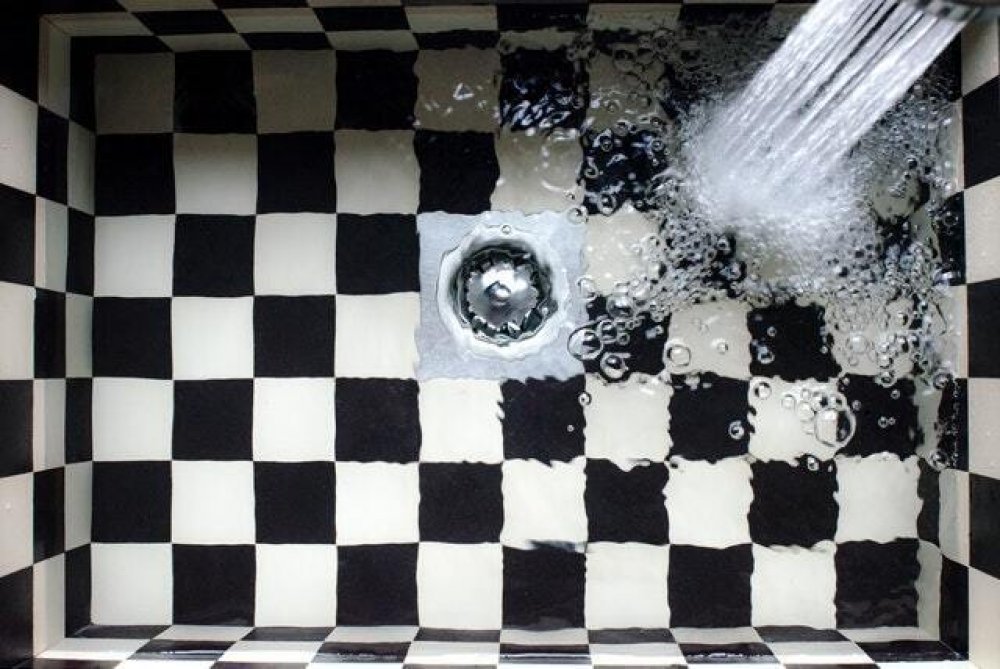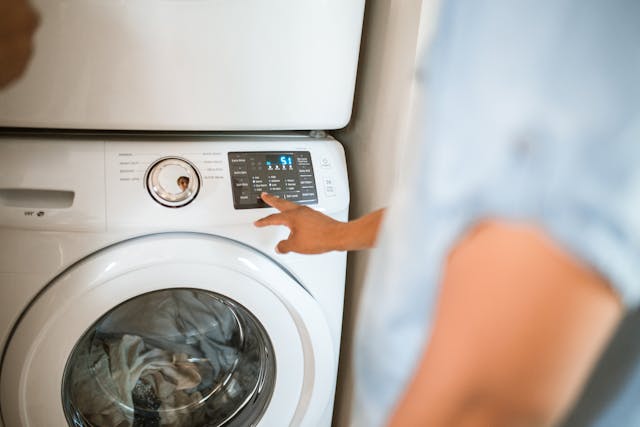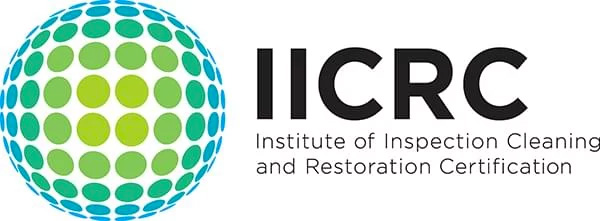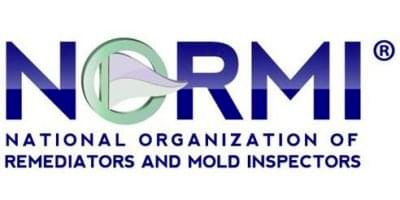How A Broken Appliance Can Result In A Mold Nightmare
Where There Is Water Or Moisture, There Could Be Mold
Molds can start growing anywhere that water or moisture is present. The key to preventing mold growth is to ensure that the water or moisture is kept in their own managed environment.
This means that water in a bathroom shower stays in the shower. Water that hits a home's roof rolls off the roof into the home's gutters and the ground. Also, it means that water traveling through a pipe stays in the pipe. As long as the water remains within its intended container, the chances of mold growth will reduce.
Also, mold is less likely to grow in an area in which the water is moving. Moving or running water usually doesn't promote mold growth. If you're a homeowner or a rental property owner, it's your responsibility to make sure there is no mold present on your property.
When Water Or Moisture Sits Stagnant, Mold Starts To Grow
If water or moisture are left to pool or sit stagnant in one place, with little or no movement, then mold has a chance to grow. Mold loves to grow in places in which the moisture or water is left undisturbed. This means that water that finds its way out of your shower and pools under your shower, tub, or floor will encourage mold growth.
For example, if a homeowner had a shower drain repaired and the repair person did not do a great job, it would result in draining water escaping between the drain fittings. The water would find its way under the floor, into the walls, and drain into the kitchen cabinets. Because this is a slow leak, it would be weeks before the homeowner will be aware of a water leak problem.
The wild running water would sit in the floor beams, above the downstairs kitchen cabinet, and behind the walls. The homeowner would know there was a problem only when the kitchen starts to smell musty. It would take removing some drywall, tearing up the upstairs bathroom, and plenty of kitchen work to get at the mold. All this because of a tiny leak around a drain fitting.

It Only Takes A Tiny Leak From A Broken Appliance To Start Mold Growth
Many home appliances are not made or installed with the mindset that a tiny leak from a broken fitting or a cracked hose could lead to the same type of water damage and mold nightmare. Broken or malfunctioning laundry or kitchen appliances are some of the most common reasons homeowners have mold nightmares.
A small damaged valve under a dishwasher can leak water very slowly. Because the leak is so small, the stagnant water stays hidden for a very long time. It only takes 24-48 hours for mold to start growing. Check out this article on water and mold damage.
The important point is to catch the water damage as soon as possible. This means that as a homeowner, it is essential to keep an eye out for potential water damage issues. The fact that water leakage from an appliance often takes place in an area that involves the regular use of water means that you can easily overlook the water leakage. It is easy for a homeowner to assume that water on a kitchen floor came from a spill while making coffee or water dripping from drying dishes.
During The Repair Of A Leaking Appliance, It Is Important To Check For Mold
Once a homeowner knows an appliance is leaking, it is up to the homeowner to check or call for a mold evaluation. Sometimes a leak from an appliance is not a huge problem. Simply drying the area is enough to ensure a mold problem will not develop.
Other times the moisture is hidden, or the mold has already started to grow. This is when you should call an expert. Some mold experts can evaluate your situation by simply seeing a photo.
In the case of mold damage, it is better to play it safe and have peace of mind than to repair your broken leaking appliance and ignore the growing mold. Once mold starts growing, you can expect the growth to continue until it becomes a huge problem.
Home Items And Appliances That Can Cause Mold Problems
These top four items are the most common sources for mold problems. Most of the time, these home necessities work perfectly and don't need much attention. However, when these break and water leaks, they will require immediate attention.

1. Washing Machine
First on the list is the washing machine. When there is a leak, it is often from one of two places; the water feeder hose or the front door seal in a front-loading washing machine.
2. Dishwasher
The second source of mold growth is a dishwasher. When a dishwasher sprouts a leak, it is often from underneath, and the cause is a broken hose or hose fitting. If it's a slow leak, mold could have a good chance to grow. But when it is a fast leak resulting in a flood, you will know immediately and handle the situation before mold could grow.
3. Refrigerator
The third potential mold source is a refrigerator. Water could leak from your ice maker or water dispenser's hose. Also, a broken freezer could cause mold and water damage that can destroy the entire unit.
4. Air Conditioner
Lastly, it is important to service your air conditioning unit. Water from a clogged AC line could cause pooling water and start the mold growth process.
A Final Tip To Help Prevent Mold Or Water Damage
All these appliances take their water from the plumbing of a home. Normally the homeowner is around to spot the water leakage and fix the problem. However, if you were away on vacation, no one would know there is a problem brewing.
If you are leaving for an extended amount of time, it is a good idea to turn off your home's main water valve. This way, if a water-related appliance breaks and starts to leak water, the number of damages will be limited. Turning off your home's main water source should be standard practice when leaving for an extended amount of time.


